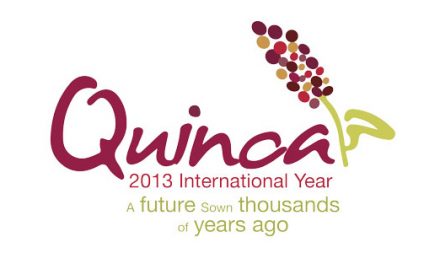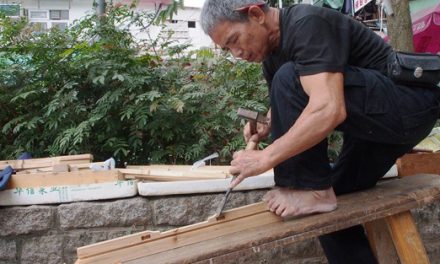“This is the holy grail — a low cost, non-toxic, environmentally friendly way to produce high performance lithium ion battery anodes,” proclaimed Zachary Favors.
RIVERSIDE, Calif., July 9 (UPI) –Most lithium ion batteries rely on anodes — positively charged electrodes — made of graphite. But scientists have come to the conclusion they’ve pushed graphite to a point of maximum efficiency, and thus if longer lasting, less wasteful batteries are going to be made, a new material must be sourced.
Researchers at the University of California Riverside say that material should be, or at least could be, sand.
There was some hope for nanoscale silicon as a promising replacement, but it’s proven hard to manufacture in large quantities and deteriorates much too quickly. Sand, on the other hand, is hardy and seemingly everywhere.
But not just any sand will do.
To build his new lithium ion battery — rechargeable thanks to lithium ions, as opposed to non-rechargable batteries that use metallic lithium — UC Riverside researcher Zachary Favors needed sand rich in quartz, or silicon dioxide. He found it at the Cedar Creek Reservoir in Texas.
After collecting a lot of sand, Favors began grinding it down to nanometer scale — until it was nearly pure quartz and the texture of confectioner’s sugar. Next, he and his colleagues mixed the quartz with magnesium and salt and heated the concoction.
The salt absorbed the heat as the magnesium helped rid the quartz of oxygen. The result was pure silicon formed into a sponge-like structure. The porous nature of the new product proved ideal for enabling lithium ions to travel through the materials (the central purpose of a battery’s anode).
“This is the holy grail — a low cost, non-toxic, environmentally friendly way to produce high performance lithium ion battery anodes,” proclaimed Zachary Favors, who developed the battery with the help of Cengiz and Mihri Ozkan, two engineering professors at UC Riverside.
Favors says the new battery outperforms current lithium ion batteries on the marketplace by three times.
The research was detailed in the latest issue of the journal Scientific Reports.
Source: United Press International
Photo: floyduk










